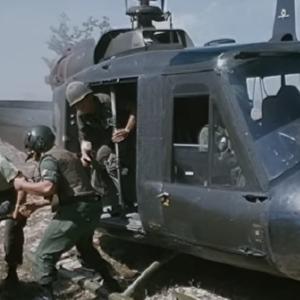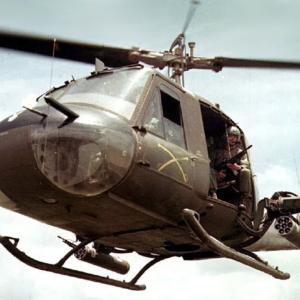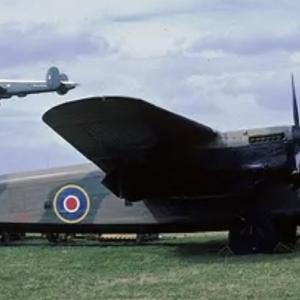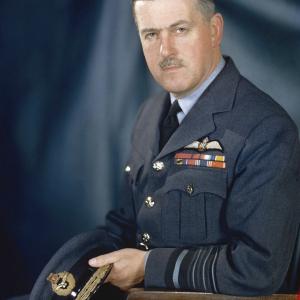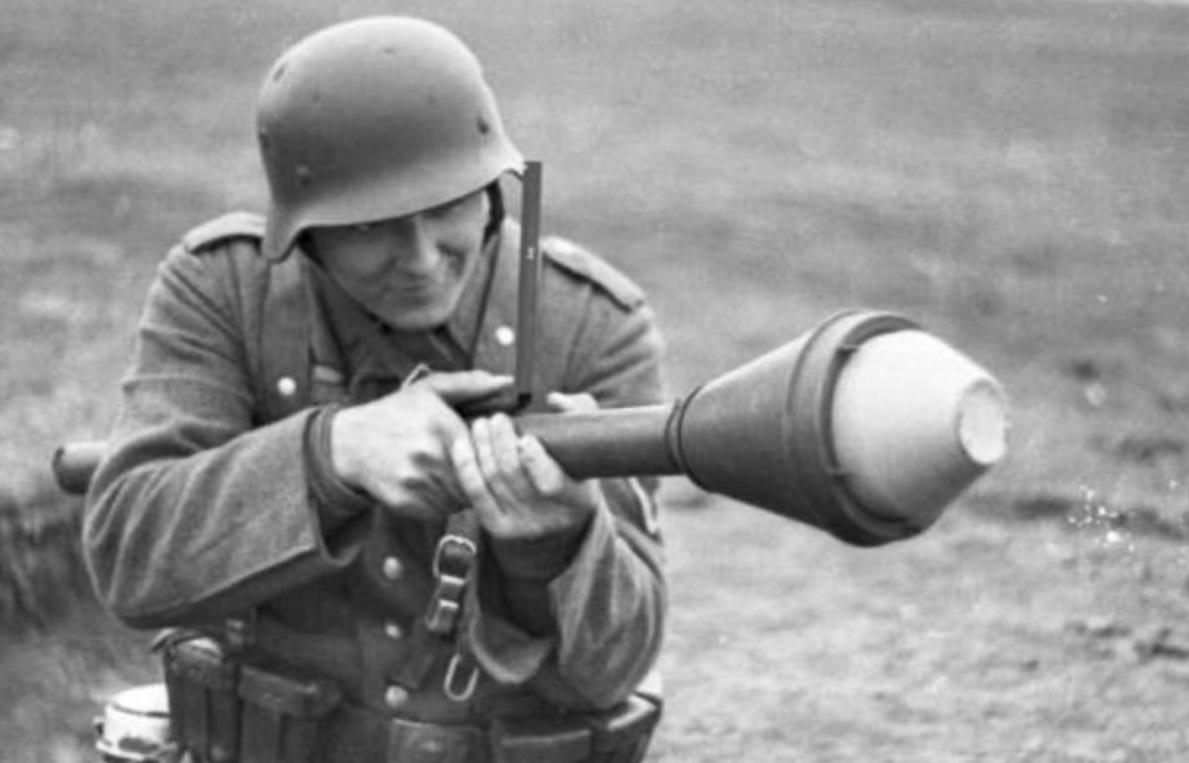
Panzerfaust
The Panzerfaust was a simple, cheap, and highly effective anti-tank weapon developed by Nazi Germany during World War II. It became one of the most iconic infantry anti-tank weapons used by German forces in the latter part of the war.
The Panzerfaust was developed by the German arms manufacturer HASAG (Hugo Schneider Aktiengesellschaft) along with other German engineers. The concept was influenced by earlier recoilless rifle designs and the need for an easily produced, disposable weapon for infantry to combat increasingly powerful Allied tanks. It was designed in the early 1940s and saw its first widespread use from 1943 onwards. The design was refined throughout the war with multiple versions, such as the Panzerfaust 30, 60, and 100, named after their effective range in meters.
The Panzerfaust was a single-shot, disposable recoilless anti-tank weapon. It consisted of a hollow tube with a small propellant charge and a shaped charge warhead. The weapon fired a large, high-explosive anti-tank (HEAT) warhead capable of penetrating thick armor by focusing explosive energy into a small point. The launcher itself was lightweight and simple—essentially a smoothbore tube with sights and a trigger mechanism. The whole device was designed for ease of use by any soldier with minimal training. It had an effective range of between 30 and 100 meters depending on the model, with early models limited to 30 meters and later versions extending this to 100 meters.
The Panzerfaust was mass-produced by multiple German factories, most notably HASAG, which specialized in cheap and rapid manufacture of munitions. The weapon’s simplicity and low cost allowed millions to be made quickly, which was critical for the German war effort as they faced resource shortages.
The Panzerfaust was primarily used by infantry soldiers to destroy enemy tanks, armored vehicles, and fortified positions. It was a disposable weapon, intended for one-time use, after which the soldier would discard the tube. Its small size and weight made it ideal for close-range ambushes and urban warfare, where German soldiers could target weak points on Allied tanks. The Panzerfaust’s HEAT warhead could penetrate up to 200 mm (about 8 inches) of armor, enough to destroy most Allied tanks of the period when hitting critical areas. It was widely deployed on all fronts where German infantry fought, from the Eastern Front against the Soviets to the Western Front against American and British forces.
The Panzerfaust influenced many post-war designs of anti-tank weapons globally. Its concept of a cheap, disposable recoilless weapon became a standard in infantry anti-armor weaponry, inspiring systems like the Soviet RPG series and others.

